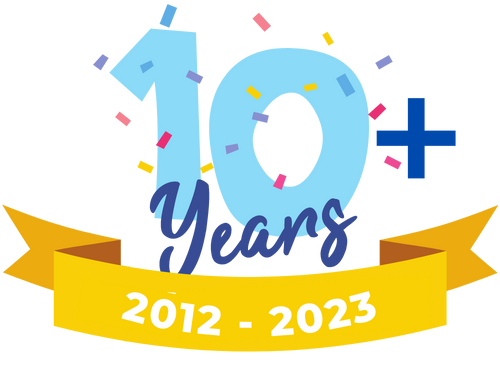Orofacial myofunctional therapy has clear-cut goals and objectives
Article Source: Advance Health Care Network
Author: Roberta B. Pierce, MAT, CCC-SLP, COM
Orofacial myofunctional therapy has clear-cut goals and objectives and a high rate of success. Many studies have confirmed the effectiveness of tongue thrust therapy in improving articulation.
Nelson and Pierce (1997) reported the results of a consumer satisfaction survey conducted by members of the board of directors and the board of examiners of the International Association of Orofacial Myology (IAOM). The survey revealed 90 percent to 100 percent consumer satisfaction with all aspects of their treatment program. This therapy works!
Out of 100 patients referred by dentists and orthodontists for tongue thrust therapy, reported Pierce (1996), 51 percent had articulation errors, with the largest percentage (24 percent) being frontal lisps. Many of these children had been enrolled in speech therapy previously, some for several years, without correcting articulation or addressing resting posture or swallowing.
All of the patients in this sample were treated using a traditional tongue thrust therapy program called Swallow Right (Pierce, 1993). All were successful in correcting the resting posture of the tongue and lips and the swallowing pattern within 10 to 12 treatment sessions. Those who had articulation errors received instruction and exercises to improve their speech, superimposed on the tongue thrust therapy program, and did not require additional lessons, with the exception of one child who had a frontal lisp and three children with distorted /r/. These four patients needed to be seen for up to four additional articulation therapy sessions.
“All of the patients were successful in correcting the resting posture of the tongue and lips and in correcting the swallowing pattern within 10 to 12 treatment sessions,” Pierce concluded. “This survey confirms that many speech problems self-correct as a direct result of tongue thrust therapy; sometimes it is helpful to include articulation exercises in the treatment regimen; and rarely it will be necessary to schedule additional sessions to work on articulation” (International Journal of Orofacial Myology, 1996, p. 33).
Find out today how Orofacial Myofunctional Therapy can help you!
Find an orofacial myofunctional therapist…


